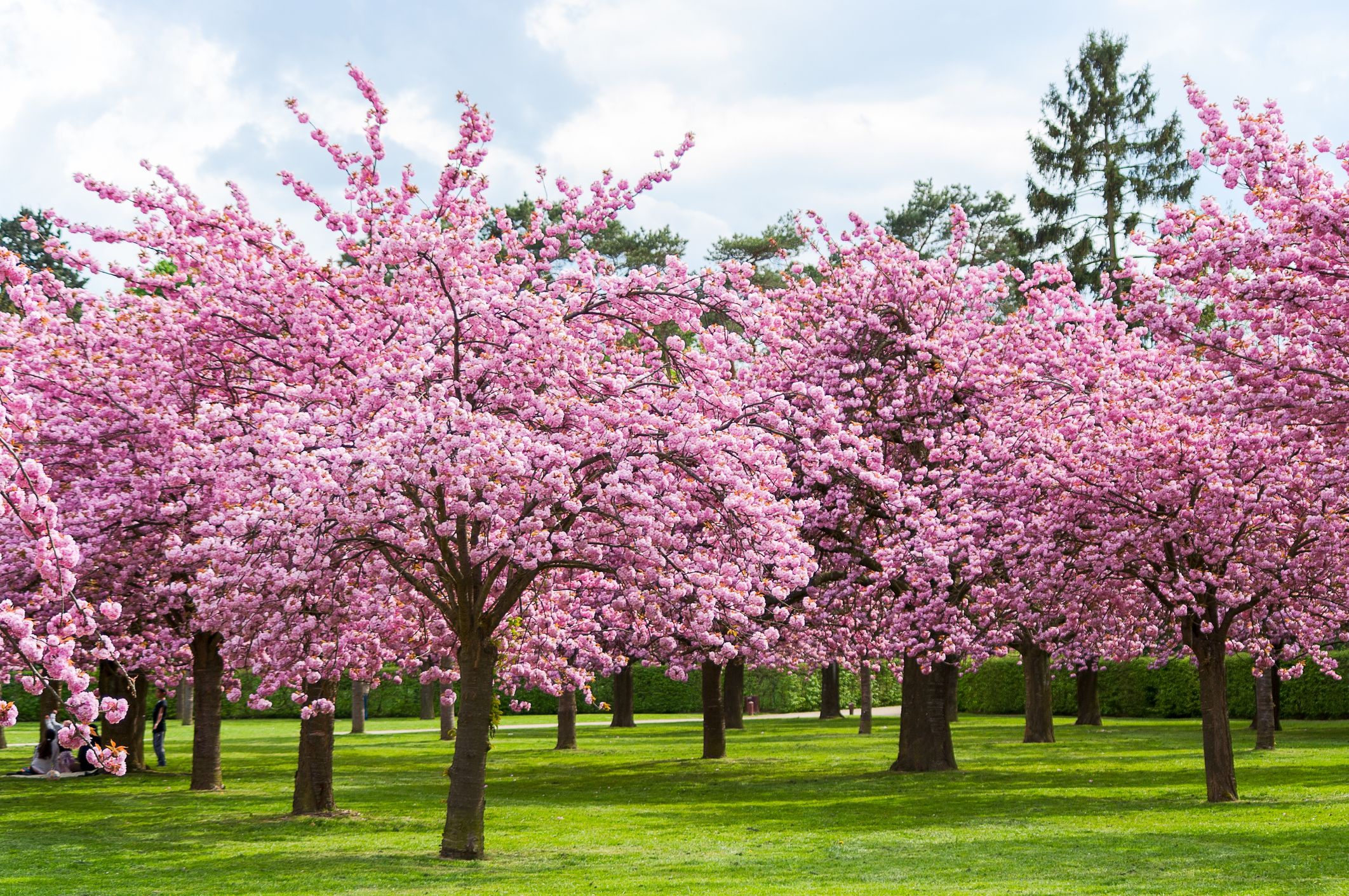How To Grow And Care For A Cherry Blossom Plant
Spring is in the air, and what better way to celebrate than the return of Vancouver’s massive Cherry Blossom Festival! This annual event brings together locals and visitors from around the world to marvel at the beauty of these delicate pink flowers. But did you know that cherry blossoms have a rich history and symbolism in Japanese culture?

Plant Attributes
The cherry blossom, or sakura in Japanese, is the flower of any of the many trees of the genus Prunus. There are over 200 species of cherry blossoms, each with their own unique characteristics. In general, cherry blossom trees are deciduous, meaning they lose their leaves in the fall, and they bloom in the spring. The flowers range in color from light pink to deep magenta, and they are typically five-petaled with wavy edges. The blossoms are often used in tea ceremonies, even in Western countries such as Canada, as they are believed to represent purity and renewal.
Plant Care
If you’re lucky enough to have a cherry blossom tree in your own yard, or if you’re considering planting one, it’s important to know how to care for it. Cherry blossoms prefer full sun, but they can tolerate some shade. They thrive in well-drained soil that is slightly acidic, with a pH of around 6.0 to 6.5. If your soil is too alkaline, you can add sulfur to lower the pH. Cherry blossom trees also appreciate regular watering, especially during dry spells. Be sure to apply a layer of mulch around the base of the tree to help retain moisture and suppress weeds.
Pruning
Pruning is an important part of cherry blossom tree care, as it helps to promote healthy growth and flowering. The best time to prune is in the late winter or early spring, before the buds start to swell. Use a sharp pair of pruning shears to remove any dead, damaged, or diseased branches, as well as any crossing or rubbing branches. You can also prune to shape the tree, but be careful not to remove too much foliage, as this can reduce the tree’s ability to produce flowers.
Propagation
If you want to propagate your cherry blossom tree, you can do so by taking hardwood cuttings in the fall or early winter. Look for branches that are about 1/2 inch in diameter and at least a foot long. Cut the branch into sections that are about six inches long, making sure each section has at least two or three buds. Dip the cuttings in rooting hormone and plant them in a mixture of sand and peat moss. Keep the cuttings in a warm and humid location, misting them regularly, until they start to grow roots. Then you can transplant them into individual pots or outdoors in a suitable location.
Potting & Repotting
If you’re growing cherry blossom trees in pots, it’s important to choose a container that is large enough to accommodate its root system. Choose a pot that is at least twice the size of the tree’s root ball, with drainage holes in the bottom. Fill the pot with a well-draining potting mix, and water thoroughly after planting. Cherry blossom trees in pots require more frequent watering and fertilizing than trees planted in the ground. You should also repot the tree every couple of years to ensure it has enough room to grow.
Common Pests & Plant Disease
Cherry blossom trees are generally healthy and resistant to most pests and diseases. However, they can be susceptible to aphids, spider mites, and scale insects, which can weaken the tree and cause it to drop leaves. If you notice any early signs of infestation, such as sticky residue or a black sooty mold on the leaves, you can treat the tree with insecticidal soap or neem oil. You should also practice good sanitation, such as raking up fallen leaves and pruning out any dead or diseased branches.
Common Problems
Cherry blossom trees can suffer from a few common problems, such as poor flowering or premature leaf drop. These issues can be caused by various factors, such as inadequate sunlight, water stress, nutrient deficiencies, or pests and diseases. To ensure your cherry blossom tree stays healthy and blooms profusely, be sure to provide it with the correct growing conditions, such as full sun, well-drained soil, and regular watering and fertilizing. Pruning and sanitation are also important for preventing problems and promoting growth.
In summary, Cherry blossom trees are beautiful and complex plants that require proper care and attention to thrive. Whether you’re a seasoned gardener or a newcomer to the world of horticulture, there’s always something new to learn about these fascinating trees. So take a moment to appreciate the beauty of Vancouver’s Cherry Blossom Festival, and remember the rich history and symbolism of this beloved flowering tree.




Post a Comment for "How To Grow And Care For A Cherry Blossom Plant"